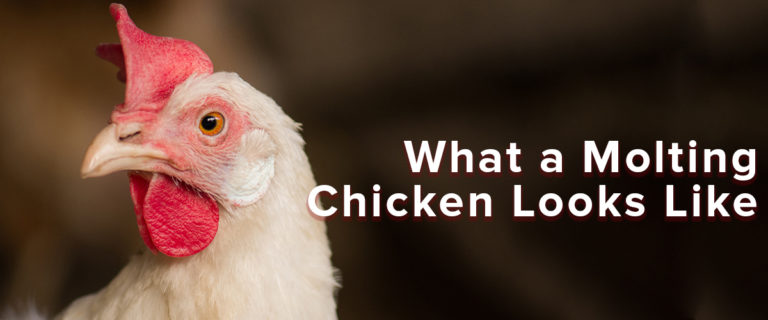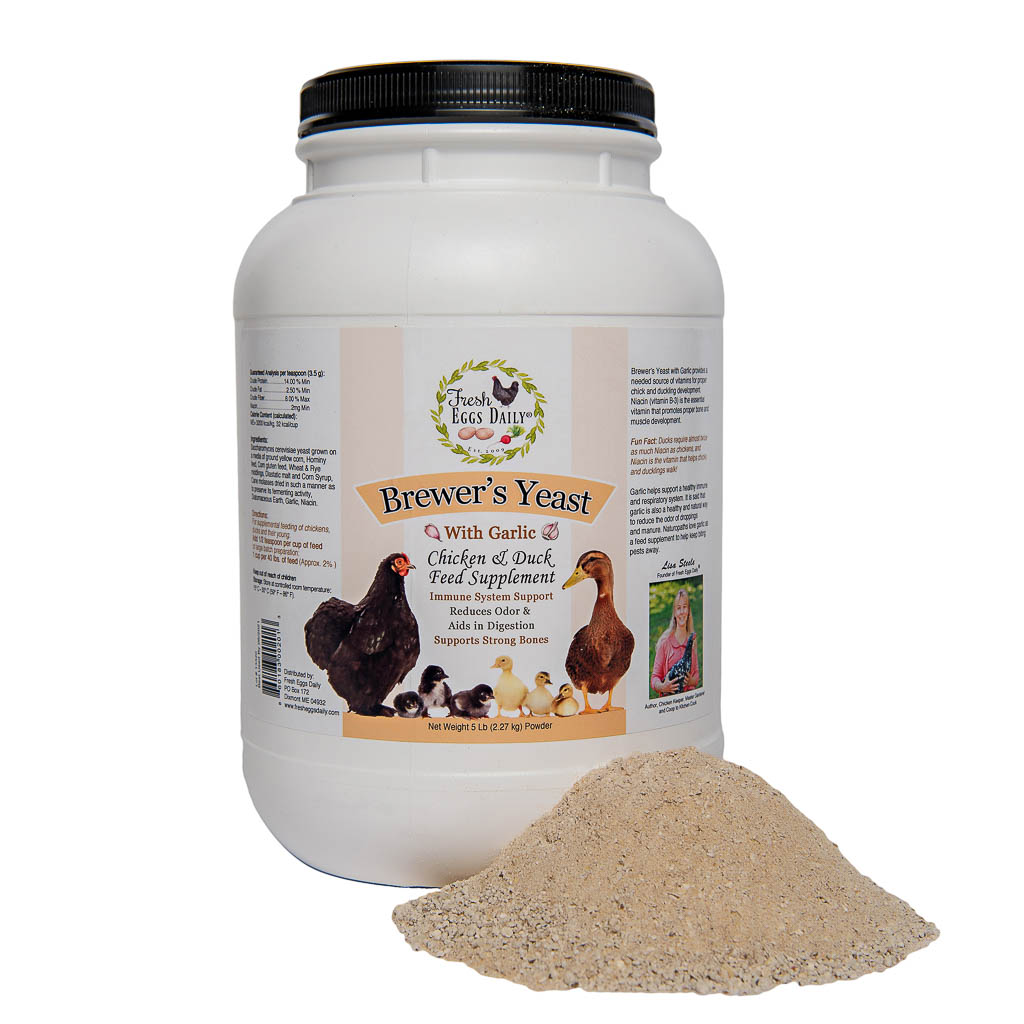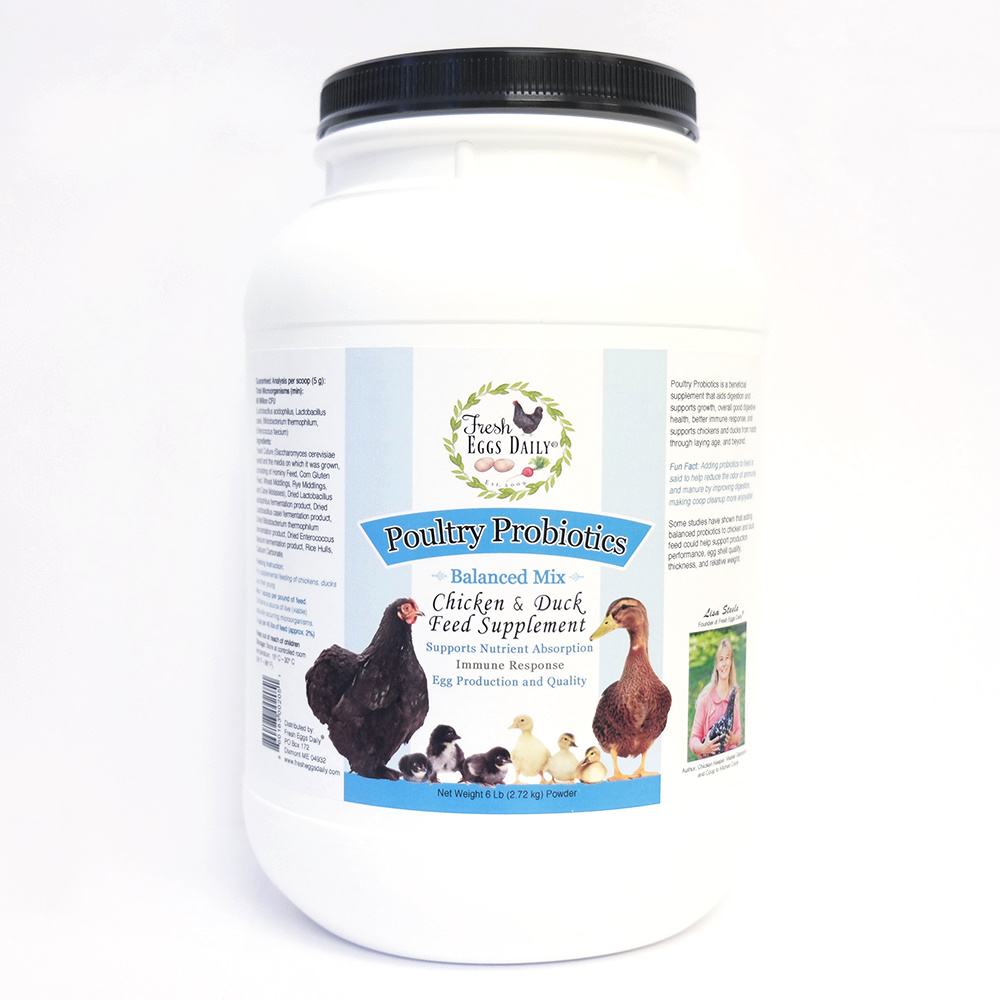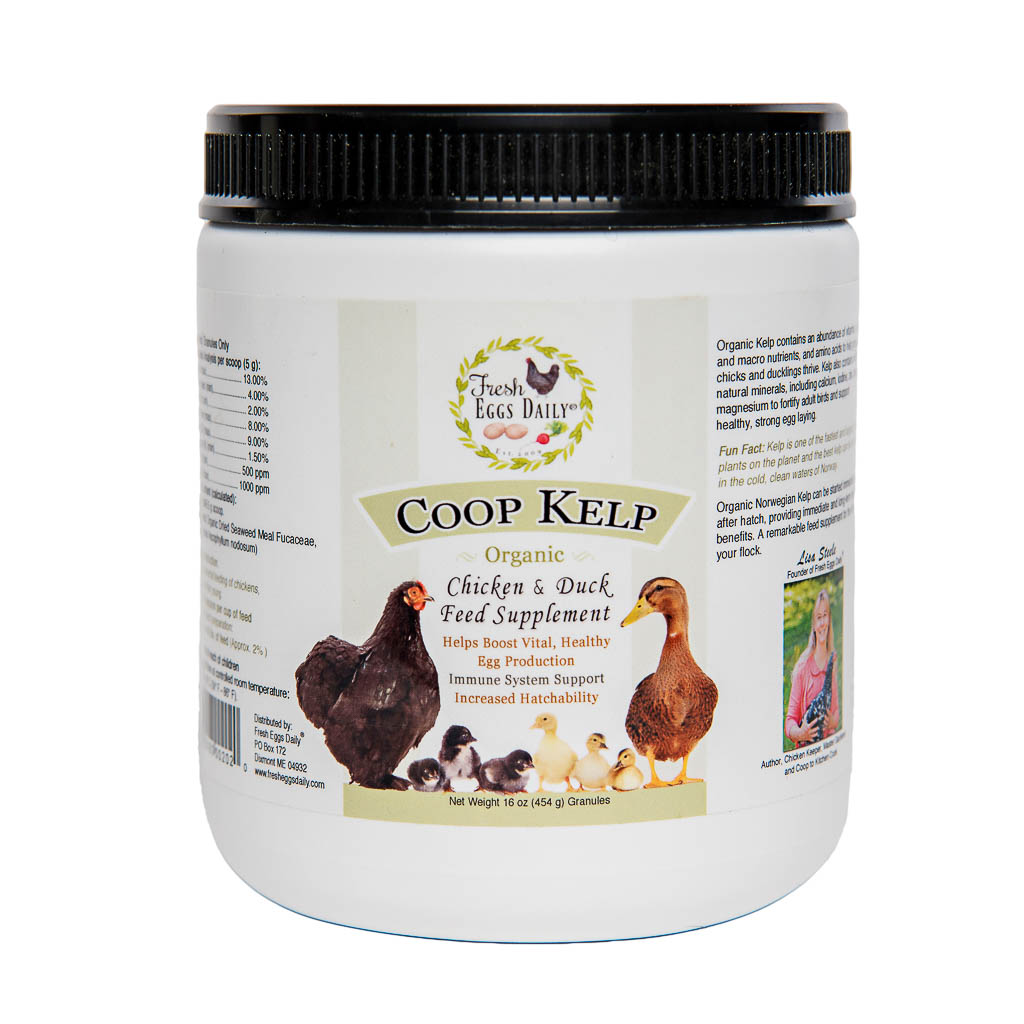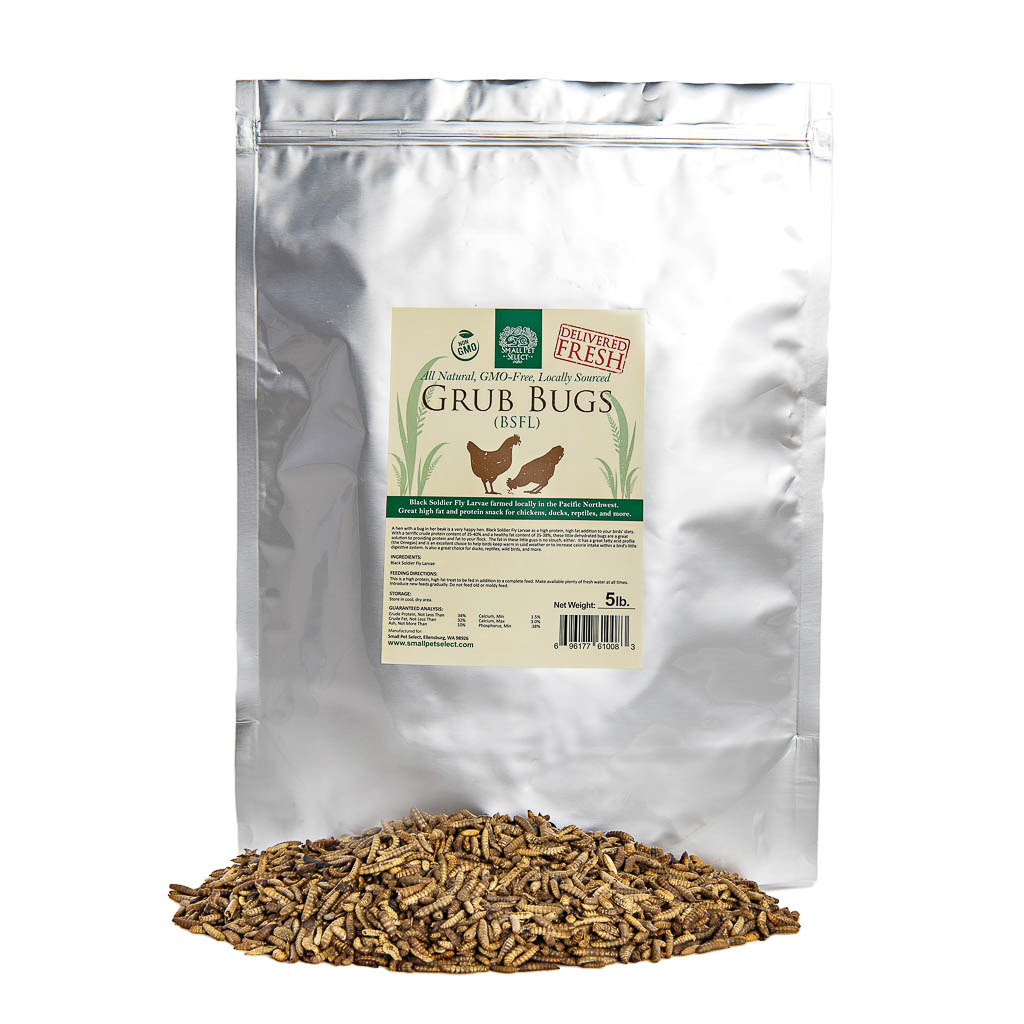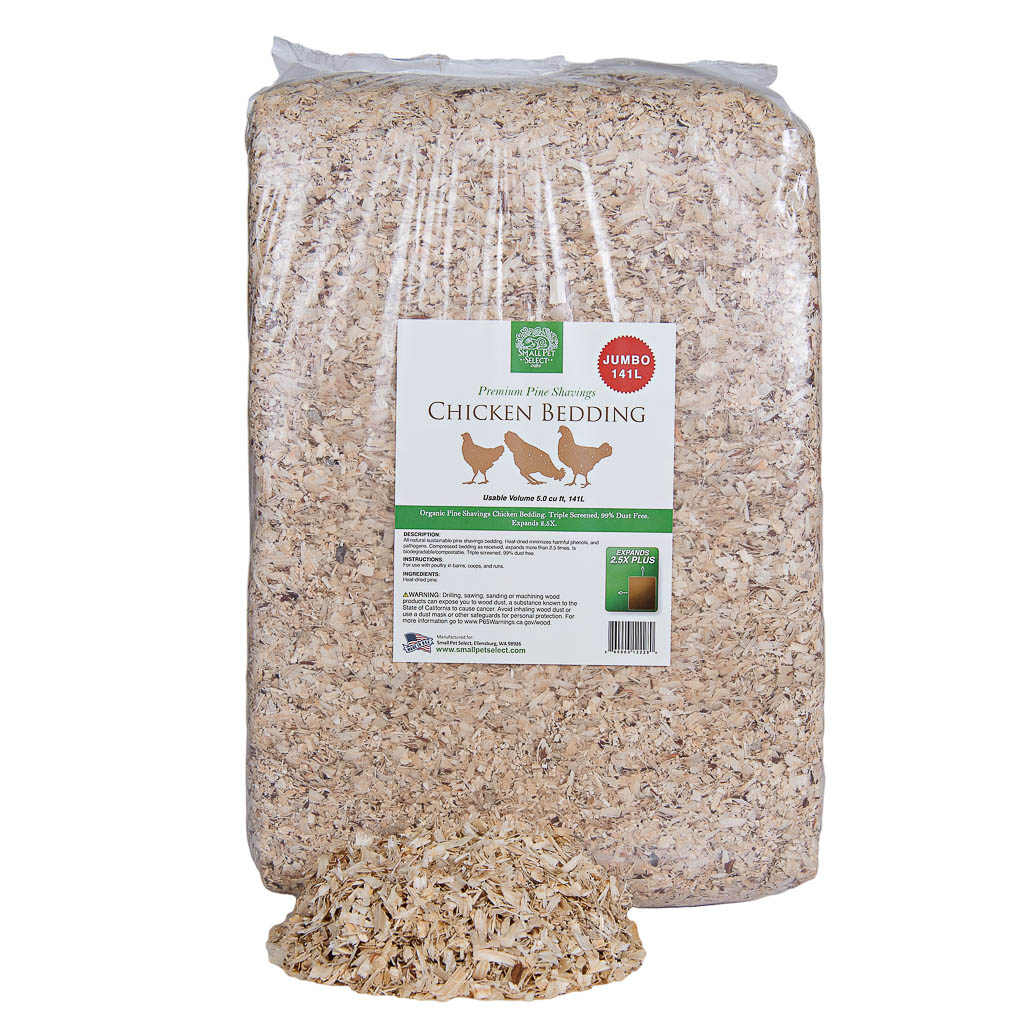As pawrents, we are used to our animals shedding their coats. Most cat and dog breeds blow their winter coats in the spring. Bunnies molt at least twice a year, and, of course, there are always extra dust bunnies floating around 😉. Guess what? Chickens get to come to the molting party too! “Greeeaaaat,” you think. Today, we’re going to tell you what a molting chicken looks like. We’re also going to discuss how long does chicken molting last and if it affects egg laying.
When and Why Does Molting Happen?
Molting is a natural makeover from Mother Nature. Just like falling autumn leaves, adult chickens similarly drop their feathers. Shorter days and cooler temperatures trigger automatic molting in the chickens. Molting facilitates shedding the old feathers and replaces them with glossy new ones. Their new fabulous feathers will keep your girls warm in winter. Who wouldn’t want a gorgeous fresh coat for the coldest part of the year?
To add to the confusion about what a molting chicken looks like, there are two kinds of molts: soft and hard. Soft molts might be challenging to detect as your hens only lose and replace some feathers. They can also look disheveled. A hard molt is easily observed. Your girls lose a large number of feathers fast and appear to be naked.
Interestingly, chicks lose their feathers twice before they become adults. A baby chicken's first molt starts at 6-8 days old and is completed by approximately 1 month old. The chick's down is replaced by its first feathers. The second juvenile chicken molt occurs when the bird is 8-12 weeks old. The “baby” feathers are replaced with the second set of feathers. This is also when you'll be able to see if you have the expected hens you wanted. Future roosters grow their ornamental feathers and will look different than the females.
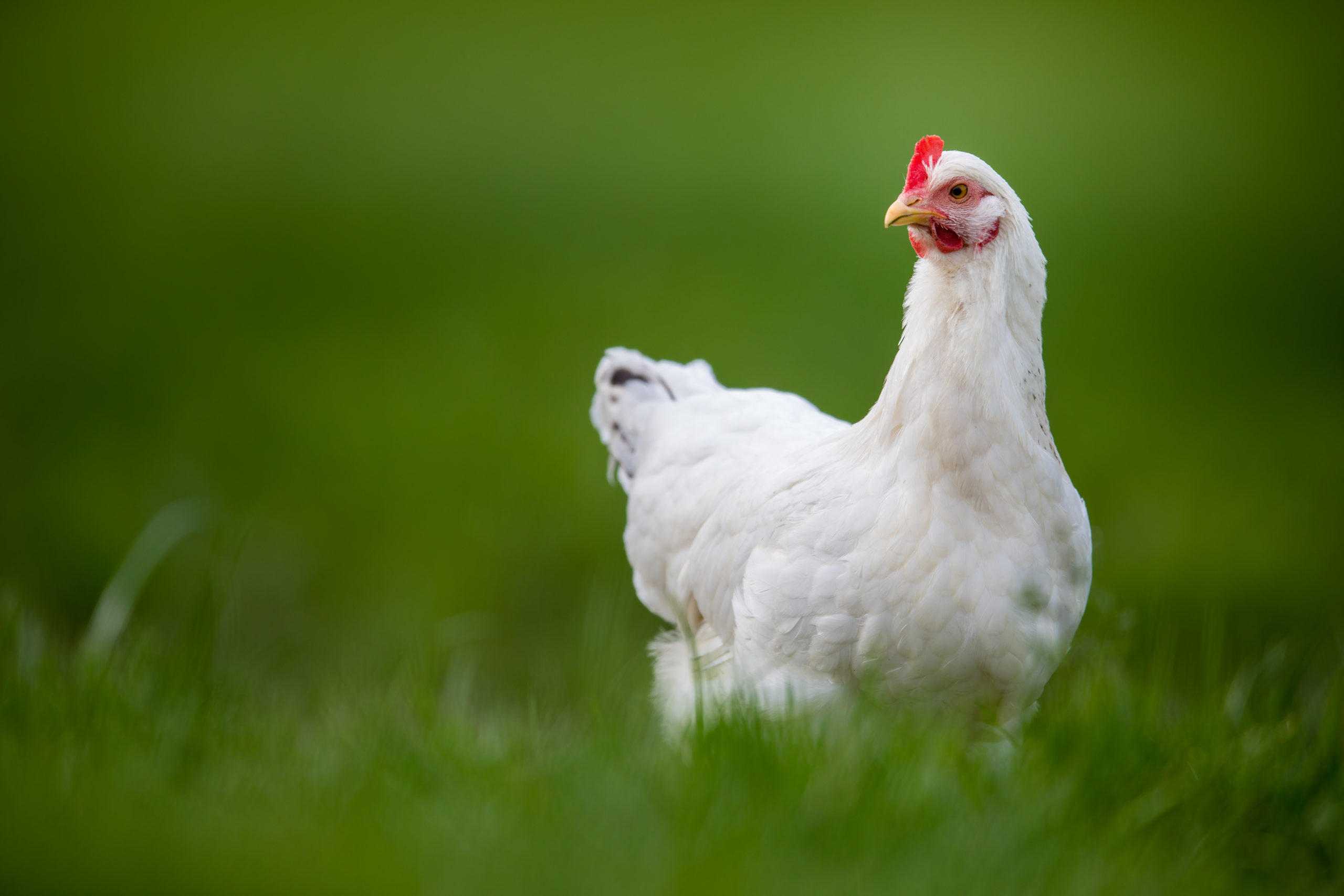
What a non-molting chicken looks like
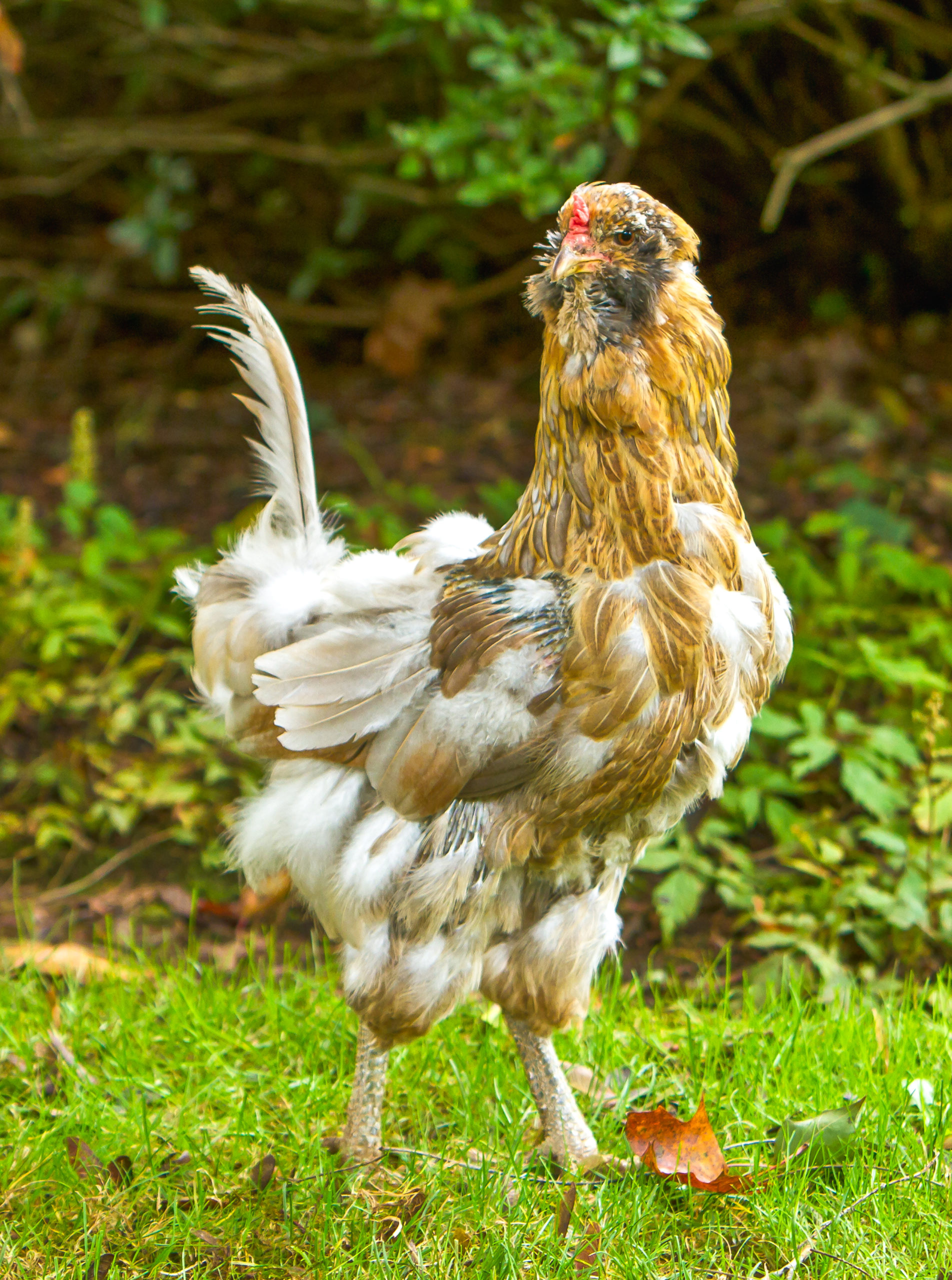
What a molting chicken looks like
More Fun Molting Facts
- Young hens (less than a year old) will not molt for their first year as they’ve already shed their baby feathers twice.
- Molt's progress in a distinct pattern. Your flock starts by losing head feathers. The breast and thigh feathers are the next to fall, followed by the tail. This feather loss progression will help you determine what a molting chicken looks like.
- Not all of your flock members will start simultaneously. You’re going to have extra feathers to clean up for weeks. Feather boa anyone?
How Long Does Chicken Molting Last?
Similar to how quickly hoomans grow hair, it depends on the chicken. The entire process takes anywhere from 3-16 weeks. Some sources stated the older the hens are, the longer it takes them to complete molting. Therefore, we really can't say how long chicken molting lasts.
Other Reasons Chickens Molt
The most common reason chickens molt at non-standard times of the year is stress. Stress can be caused by:
- a lack of food or water
- a change in coop lighting
- extreme heat
- bullying from other chickens
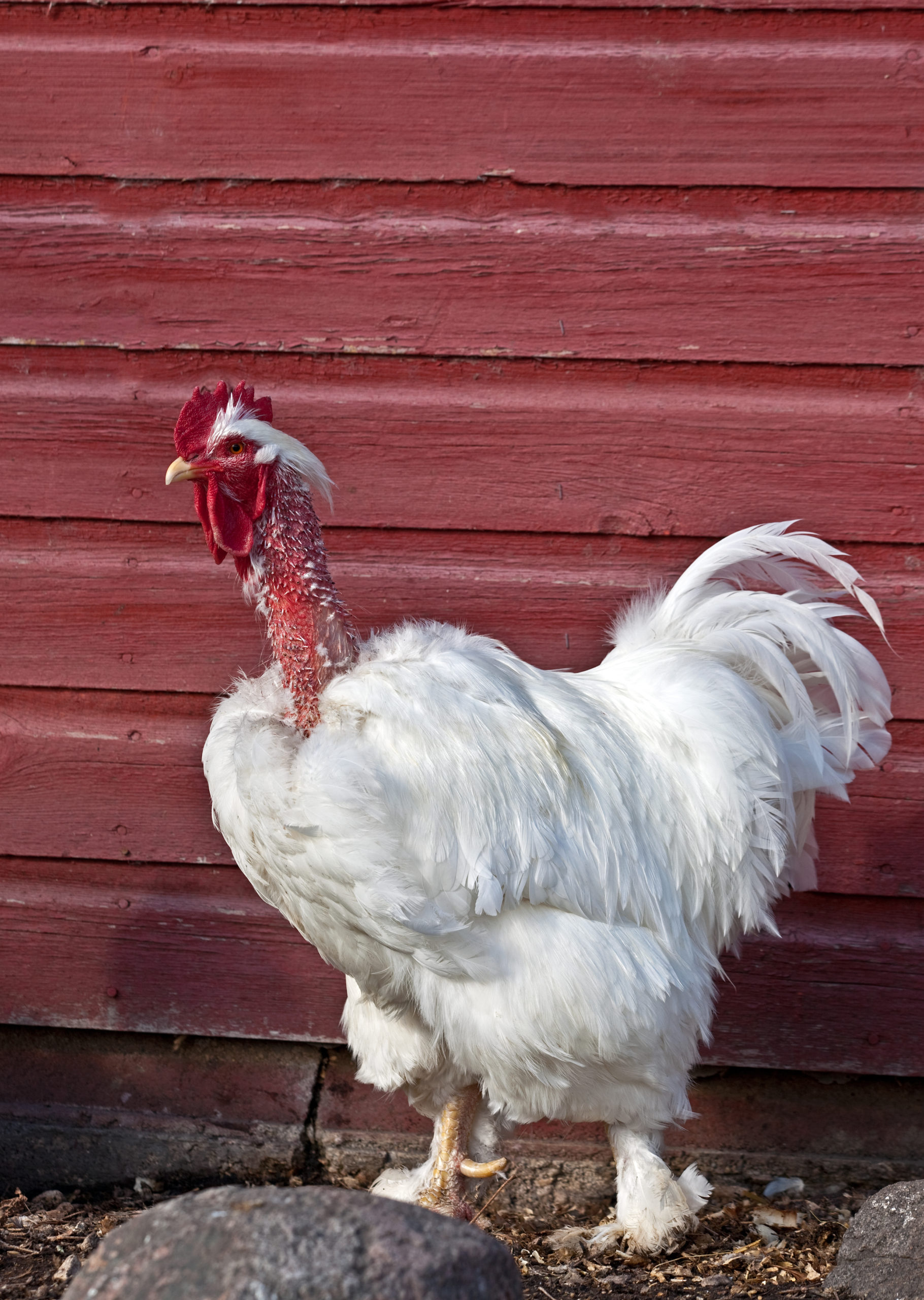
How to Care for Chickens During Molt
Molting is very stressful and uncomfortable for your hens. They won’t look as pretty as they normally do and they may give off a sad vibe. While your first thought is to cuddle them to make them feel better, that's a terrible idea. The new feathers growing in, called pin feathers, are extra sensitive. Additionally, a bird going through a hard molt with bare skin can be more susceptible to pecking and other flock members' bullying. Keep a close eye on your molting birds. You'll also want to make sure their coop is draft-free if they are going through a hard molt.
Don't change anything in the coop, in their routine, or add flock members to decrease stress. Any increased pressure will slow the growth of new feathers. Finally, due to stress, their immune systems are most susceptible to illness during molts. You’ll want to monitor them for any unusual symptoms and check them extra thoroughly for parasites.
The good news is you can boost the chickens’ immune systems through their diet. While Small Pet Select recommends you give dietary supplements to your flock all the time, they must have them during molting. All three of our supplements mix right in with their feed and can be free-fed.
Did you know that feathers are 85% protein? As they grow new feathers, poultry needs extra protein in their diet. Lucky for you, our Chicken Layer Feed has 18% protein, which is the recommended amount of daily protein for chickens.
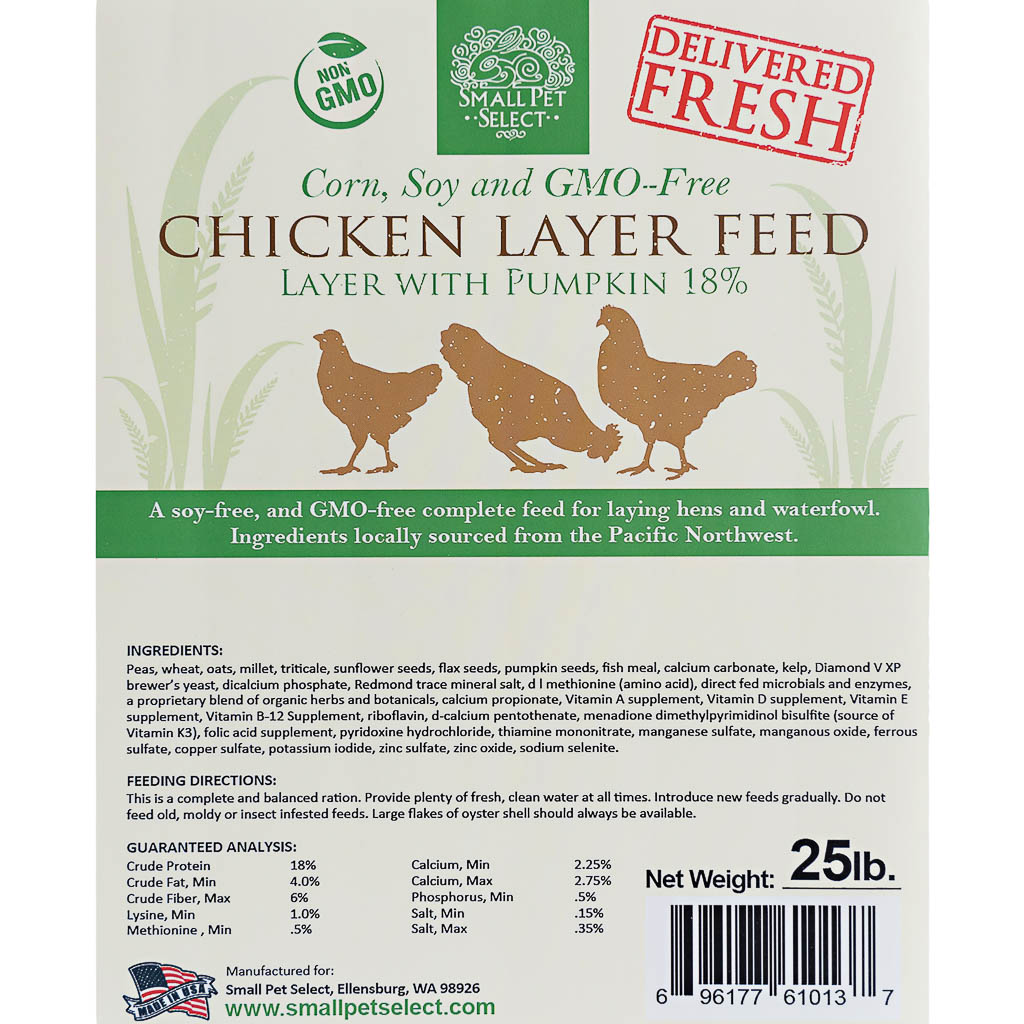
Finally, while treats should only make up 10% of their diet, their snacks should contain high protein during molt. Recommended nibbles include black oil sunflower seeds and grub bugs. Healthy snacks cheer up your hens and help grow those new feathers. As usual, chickens should have unlimited access to fresh and clean water.
Egg Laying
Molting signals the end of the egg laying cycle. As we mentioned earlier, hens need protein to make new feathers. The protein they usually use to make eggs is required for feather growth. Additionally, egg laying slows down during winter due to the shortened amount of daylight.
Your girls need 14-16 hours of daylight to produce an egg. After molting ends, you can boost your hens’ egg laying by adding light to the coop. When you add light hours, add them in the morning. Chickens typically roost as daylight fades, and you don't want to alter that routine. Keep in mind the duration for the extra lighting changes frequently to match the shift in natural daylight.
When you install lighting, you won’t need anything more robust than a 60-watt bulb; the light shouldn't be as bright as the ☀️. Also, be sure the light is secured correctly and in a safe place. If the light falls while lit, you don't want it starting a coop fire.
Post-Molt Coop Cleaning
As your flock will stay inside more as the weather gets colder, this is a great time to deep clean their coop as they’ve stopped losing feathers. Moreover, your hens will enjoy a freshened spot to keep warm. Cleaning should include:
- Scrubbing the coop walls with a water/vinegar mix.
- Sweep out the old bedding.
- Clean the nest boxes.
- Check for any holes or entrance points for rodents or predators.
- Add new bedding.
More Good News
Once your chickens are done molting, they will be happy and perky again. After their natural makeover, they’ll and feel good. Egg laying will return to normal production levels. All will be right in their world. If you have tips to ease the molting process, or pictures of what a molting chicken looks like, we’d love to hear or see them. Please comment on our socials or email your thoughts to hoomans@smallpetselect.com.
Interested in learning more about chickens?
Check out these articles! ⬇️⬇️⬇️
How to Tell if You Have a Hen or Rooster



